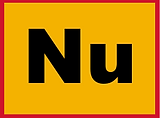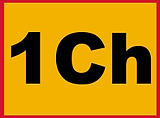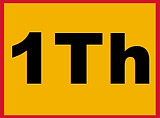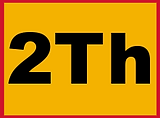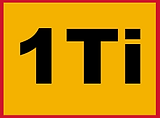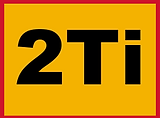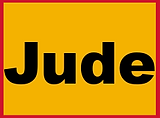
Bible - New World Translation of the Holy Scriptures
Screen reader friendly Bible. Search by abbreviated quick link, or by full book titles listed below the video: Introduction to Bible Books.
Hebrew-Aramaic Scriptures
Christian Greek Scriptures
Introduction to Bible Books [5:28]

[Click for
Transcript]|[Introduction to the Bible
Presenter: An introduction to the Bible. The Bible is a collection of ancient writings, or books, that contain God’s message for all people. This message was put down in writing by approximately 40 different men. It was written in Hebrew, Aramaic, and Greek using Hebrew letters and Greek letters. The writers came from many different backgrounds and lived in various places throughout the ancient Near East and southern Europe. Yet everything in the Bible harmonizes, there are no contradictions. By various means, God put his thoughts into the minds of these writers. That is why the Bible says that “all Scripture is inspired of God.” Bible writing began in 1513 B.C.E. It continued for the next 1,600 years. The last books of the Bible to be written were completed about 98 C.E. The Bible’s 66 books are grouped into two main sections, the Hebrew Scriptures, often called the Old Testament, and the Christian Greek Scriptures, commonly called the New Testament. The Hebrew Scriptures make up the first 39 books of the Bible. The Pentateuch, or first five books, describe the creation of all things and the founding of the ancient nation of Israel. The historical books show how, after the nation of Israel enters the Promised Land, Israel is unfaithful to God and is taken into exile but eventually returns to its homeland. The poetic books feature sacred songs and practical wisdom for daily living. The prophetic books foretell future events and containinstructions and warnings for God’s people. The last 27 books of the Bible make up the Christian Greek Scriptures. First, there are the four Gospels, a history of Jesus’ earthly life and ministry. Then Acts of Apostles narrates the history of the early Christian congregation. There are 21 letters that contain practical counsel and encouragement for Christians. The last book, Revelation, contains a series of prophetic visions. In the Bible, God identifieshimself as the Creator, outlines his purpose, and reveals his personal name, Jehovah, shown here in ancient Hebrew lettering. Did you know? Unlike any other book, the Bible magnifies God’s name, Jehovah. It mentions his name over 7,000 times, more than any other name. Jehovah’s purpose is for all intelligent creatures to live forever under his rulership. But early in human history, Jehovah’s sovereignty, or right to rule, was challenged by a rebellious spirit creature called Satan, who spoke by means of a snake. How Jehovah will clear his name and restore his rulership by means of his Kingdom is the theme of the Bible. To answer Satan’s accusations, Jehovah allows humans to pursue their own course. Centuries of disastrous human rule follow. Meanwhile, Jehovah arranges to accomplish his purpose by means of a Savior, the Messiah, who will eventually become King of God’s Kingdom. In time, Jehovah reveals who this Messiah will be. Jesus, a spirit son of God, is miraculously born as a human. He teaches people about Jehovah and sacrifices his life to save mankind. God then resurrects Jesus back to heavenly life. The Bible says that Jesus rids the heavens of all those who do not support God’s sovereignty. As King of God’s Kingdom, Jesus is joined by 144,000 corulers, who have been bought from the earth. God’s Kingdom will restore the earth to ideal conditions. Jehovah’s purpose will be fulfilled, all faithful intelligent creatures will unitedly worship him forever as their one true God and Sovereign. As you read and study the Bible, note its internal harmony and practical wisdom as well as how each book contributes to its overall theme, the vindication of Jehovah’s name, which will be accomplished by means of his heavenly Kingdom in the hands of his only begotten Son, Jesus Christ.
(Logo: Black capital letters JW.ORG inside a white box. Copyright 2023 Watchtower Bible and Tract Society of Pennsylvania) [Click to close]



